Lead score is a term for marketing to describe an individual’s likelihood of becoming a customer. Most often, indicators of likely conversion rate use lead scores. You can define this as an aggregate number assigned to each individual in a marketing database. It represents how likely they will convert into customers.
It is a measurement of how qualified a lead is for your business. In short, it gives you an idea of how likely that person is to become a paying customer. Lead score is the number that determines your ad’s priority. It can be a good indicator of how well your website will convert. The higher the lead score, the better the chance you will rank above other companies in search results and social media.
A perfect way to calculate is by analyzing information about individuals, such as demographic data, purchase history data, and other relevant customer data. These scores are assigned to every new contact by analyzing their digital activities, interactions with your marketing campaigns, and the content they view on your website.
What Is Lead Scoring?
Using a predetermined methodology, a lead score is a way to rank a prospect’s sales potential. This helps sales representatives focus on the products that are most likely to succeed in prospects and manage them more effectively throughout their qualification cycle. There are many factors for scoring and prioritizing leads, including qualitative and quantitative metrics.
It assigns quantitative values to a prospect’s attributes, then ranked to gauge a lead’s sales-readiness. It’s a strategy for marketers to help them better target potential customers and prioritize leads for sales follow-up.
Lead score is a rating system. It allows you to determine how likely a lead is to buy your product or service. The formula used to calculate the lead score is proprietary and can vary from company to company. A lead score is a metric to prioritize leads.
For example, if someone visits your website but doesn’t buy anything right away, their lead score would be lower than someone who believes right away.
Lead scoring is a way to determine whether or not a lead is worth your time. Lead scoring makes you look more professional and protect you against wasting time on dead leads. Most companies use lead scoring to decide what to do with a leader based on their potential and likelihood of doing business with you. Most companies have fixed guidelines that they use repeatedly, so what’s the difference? You need to make sure that it’s correct.
It’s based entirely on the visitor’s behavior and can be calculated using variables such as time on site, pages viewed, and bounce rate. They help understand leads so you can follow up with them quickly or know when to stop contacting someone who isn’t converting.
Lead Scoring Process
The process includes assigning a numeric value to each lead in your sales pipeline. With a system for posting scores, you can prioritize leads to ensure that your reps are always pursuing those with the highest revenue potential first.
You can use lots of Lead Scoring rules to determine which leads you should follow up and which can be safely ignored.
A lead score is an assessment of each prospect’s probability of becoming a customer. The score combines several data points available within your CRM system and uses these data points to calculate the likelihood of a sale after the first contact has been made. Lead scores can vary based on the individual prospect and business, but overall, a lead score is determined by volume, velocity, and quality.
Lead Scoring Model
The lead scoring model gives marketing teams a way to assign numeric values to the most critical leads in their system. Lead scores can be used for all sales process stages but are especially useful for initial lead screening. While it’s not always easy to assign scores, it’s far easier than using a gut feeling or arbitrary judgment when facing hundreds of leads that need attention each day.
Lead scoring is assigning a numerical value to a lead that helps measure the quality of the charge. It allows you to use metrics and information from marketing automation tools to automate the follow-up process. Lead scoring model elements are the various components of a lead scoring model that determine a lead’s score when sent through the system.
Relevance of Marketing Lead Scoring
Lead scoring is a best practice to evaluate the readiness of prospects. It is essential to have a process that assigns leads a lead score before they can be converted into customers. A Lead Score allows you to aggregate different types of information. It is perfect to get an accurate picture of how ready a prospect is to purchase your product or service. The lead scoring examples are, Lead Scoring helps us satisfy customers’ needs and assign contacts with equal importance within their respective categories, regardless of when they were entered into the BDR system.
Lead scoring has been around for quite a while, but it’s still a potent tool to help businesses optimize their campaigns and maximize ROI. Best practices for lead scoring are constantly evolving as marketers refine their strategies.
Lead scoring is an effective way to ensure that your marketing efforts succeed. Marketers use time lead scoring to figure out which leads are most likely to convert into customers and then prioritize those prospective buyers accordingly. This means that you will have a better idea about how long to nurture a prospect before giving up on them and moving on. It is best practice in online lead generation, but time leads top marketing teams often ignore scoring best practices.
Don’t assume that the first person to fill out a form is the best fit when scoring leads by time. Using lead scoring technology, you can prioritize leads based on their overall potential. Also, you can predict how likely they are to buy your product or service.
The Four Key Components Of Lead Scoring Are The Following: –
- Demographic data and behavior, such as location and conversion rate;
- Historical data, such as how many campaigns have been sent to this customer;
- Behavioral data, such as how often they open emails and when they open them;
- Engagement automation allows users to create rules that trigger specific actions based on predetermined conditions.
Predictive Model
A predictive model is a mathematical formula that takes historical customer data and predicts future behavior. The most common form of the predictive model is the lead scoring model. The elements of a lead scoring model include features, coefficients, and thresholds. Features are the variables we use to describe a person or account. Coefficients are numerical values that determine each feature’s impact on the overall score. Thresholds are set below which no lead will be considered qualified and above which all charges are deemed eligible.
Basic Lead Score Calculation
If you are looking for how to calculate an essential lead score, this guide will help you understand. By knowing the steps for calculating a vital lead score, you can evaluate the strength of each lead to determine whether it is worth your time to pursue business opportunities with that individual.
The essential lead score is a simple way to prioritize your leads. You can calculate this by taking the sum of all qualifying scores from the following metrics:
- Business Type
- Lead Source’
- Location
- Industry.
Basic Lead Scores range from 1-to 100, with higher scores indicating a more relevant lead for sales.
Calculating an essential lead score in three steps:
- Analyze the data,
- Calculate your score,
- Interpret the grade.
The first step is an essential part of a lead scoring system because it allows you to determine what factors are related to future sales and profits.
When calculating an essential lead score, consider the following questions: Are they qualified for your products or services? What kind of business are they in? What do they need help with? How much are they willing to spend on your product or service? Do they have the money right now? Do they have the authority to make a purchase decision? When is their budget due?
If the leader answers a question with a “yes” or “no,” then you can use your lead score to determine how interested they are in finding a solution to their problem. A “no” answer generally indicates that the lead is highly skeptical and less likely to respond to marketing efforts.
The whole process considers multiple factors such as the company’s size, length of time in business, and more.
Basic Lead Score Formula
The primary lead score formula is one of the most popular methods for calculating lead scores. The essential lead score is when you have an existing list of leads or have some form of contact data for your current customers. This type of formula is usually perfect for sales and marketing teams to analyze a lead’s sales potential before deciding how to follow up with them.
The total lead score is a simple solution to calculate the quality of any unique lead. It’s not necessarily the “best” solution since it only considers information available in most marketing automation tools. Still, it’s effective enough to help you qualify leads and make better decisions overall.
Conclusion
Lead scoring is one of the essential concepts in lead-generation marketing because it allows you to measure your leads and figure out which ones are worth more effort than others. Lead scoring helps sales reps determine which leaders are more likely to convert than others and can help you understand what salespeople need from marketing when it comes to lead generation. Finding ways to generate leads for your business is essential to increasing your customer base and revenue.
FAQ
What is Lead Score, and how does it work in the context of business and marketing?
Lead Score is a numerical representation that helps businesses evaluate the potential of a lead or prospect based on various criteria. It is a system designed to quantify and prioritize leads, making it easier for sales and marketing teams to identify and focus on leads that are more likely to convert into customers. The score is typically calculated using a combination of demographic information, online behavior, and engagement with marketing content. The higher the Lead Score, the more likely a lead is deemed to be sales-ready.
What factors contribute to the calculation of a Lead Score?
The calculation of a Lead Score involves a combination of explicit and implicit data. Explicit data includes information provided by the lead, such as job title, company size, and industry. Implicit data encompasses the lead’s online behavior, such as website visits, content downloads, and email interactions. These factors are assigned different weights based on their relevance to the business’s ideal customer profile and historical data on successful conversions. Lead scoring systems can be customized to reflect the specific priorities and goals of a business.
As a beginner, why should I be interested in Lead Scoring for my business?
Lead Scoring is crucial for beginners in the realm of business and marketing as it streamlines the sales process, making it more efficient and effective. By identifying and prioritizing leads with a higher likelihood of conversion, businesses can allocate their resources more strategically, focusing on nurturing and closing deals with prospects that are more likely to become customers. This not only saves time and effort but also enhances the overall return on investment (ROI) for marketing and sales activities. Lead Scoring provides beginners with a structured approach to lead management, enabling them to make informed decisions and optimize their efforts for better results.


